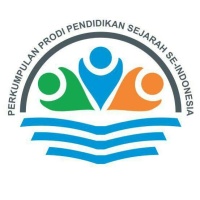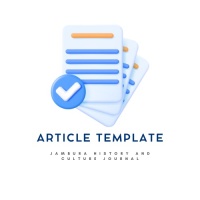Buruda di Owata, 1970-2003; Studi Mengenai Degradasi Tradisi Lokal
Abstract
Traditions earlier than the practice of material culture always over the process of development, change and even extinction. This is largely due to the process of acculturation and assimilation with new cultures from outside. This is what happened in Gorontalo. At the beginning of civilization is very decisive by nature, then the transition after the entry of Islam in the XVI century. One of the traditions of Gorontalo people that grew up after Islam was accepted as an official religion was Buruda. Not only in the centers of the crowd, this tradition spread to remote villages, one of which is in Owata. In the Gorontalo community in Owata, Buruda is an entertainment medium that can be used as a medium of friendship between fellow Muslims. In 1971 the Buruda tradition was preparing for development because quite a lot of people were interested at that time. This is evidenced by the many people who are enthusiastic to witness the implementation of Buruda, from young people to the elderly. After developing and developing over four periods, the Buruda tradition finally changed backwards, and finally it was completely no longer practiced by the people of Owata since 2003. This is caused by internal factors that describe the mindset of the community, executing figures that began to emerge, and inheritance which is not walk. In addition, there are also external factors, namely additional support from the government and the entry of modern musical instruments in the village.
Keywords
Full Text:
PDFDOI: https://doi.org/10.37905/jhcj.v1i1.2567
Refbacks
- There are currently no refbacks.

Jambura History and Culture Journal (ISSN Online: 2686-1070 | ISSN Print: 2654-6388) is licensed under a Creative Commons Attribution 4.0 International License.











